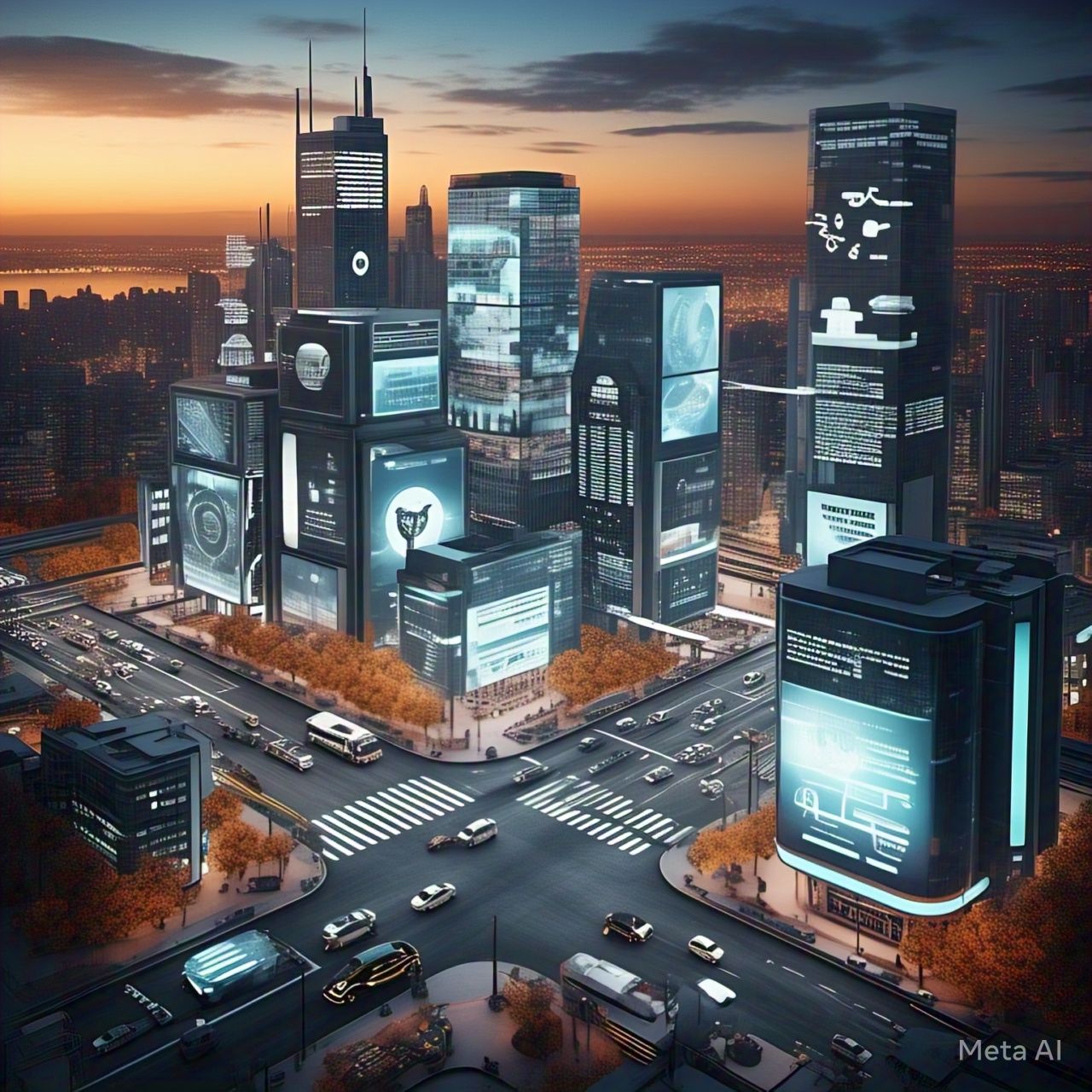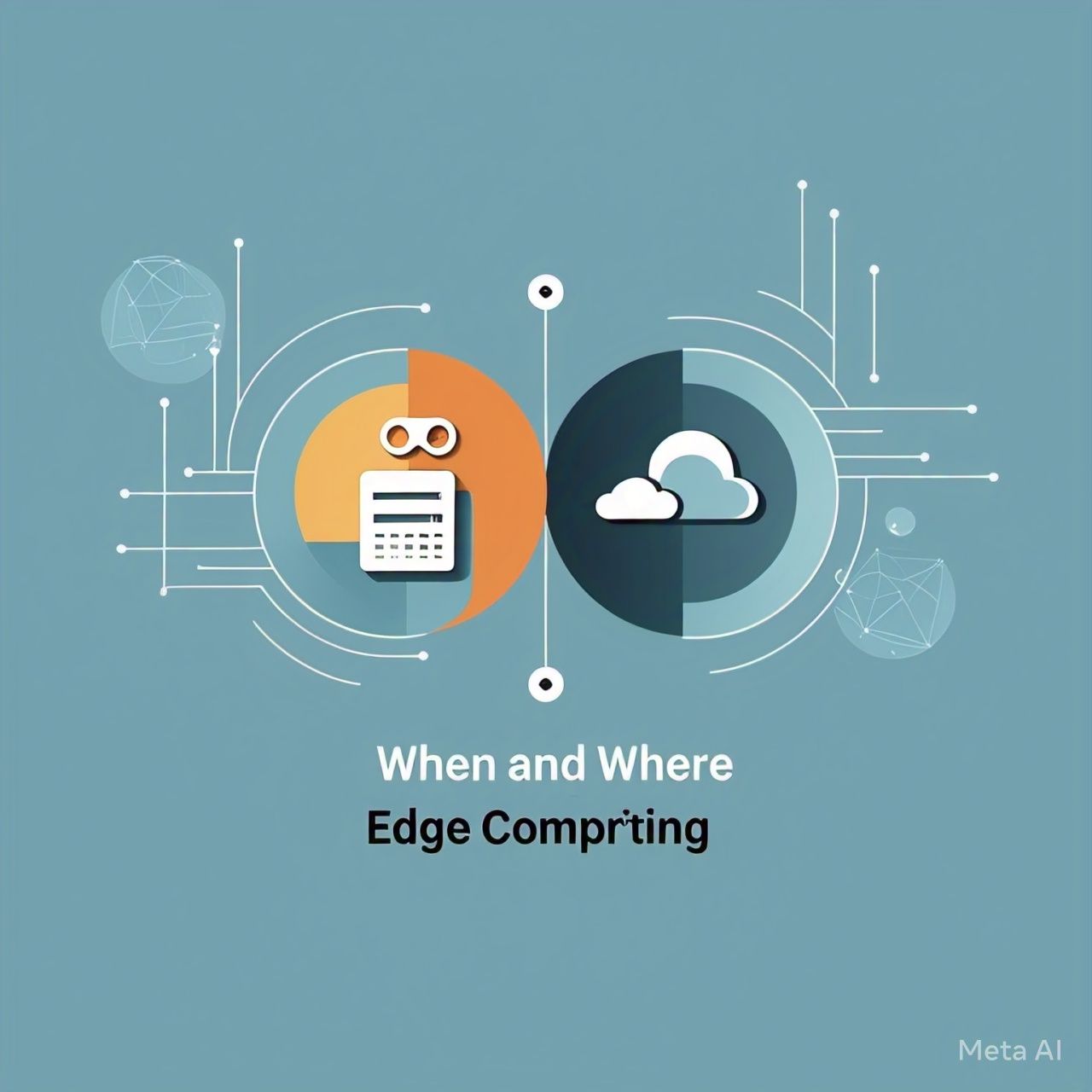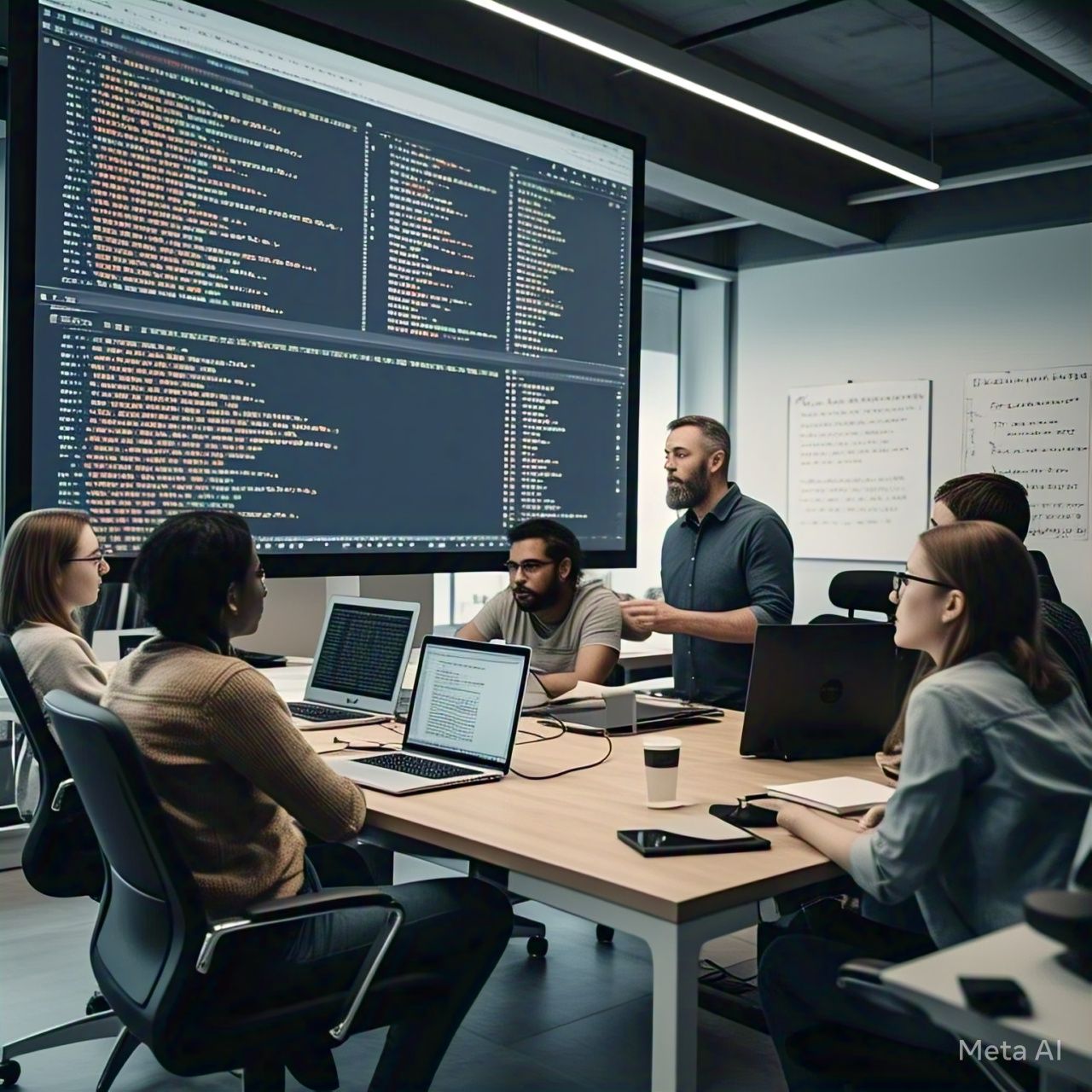Table of Contents
- Introduction
- What is IoT?
- How IoT Works
- Components of IoT
- Applications of IoT
- Benefits of IoT
- Challenges and Risks of IoT
- The Future of IoT
- Conclusion
- FAQs
1. Introduction
The Internet of Things (IoT) is revolutionizing the way we interact with technology by connecting physical devices to the internet, allowing them to communicate and share data in real time. From smart homes and industrial automation to healthcare and transportation, IoT is reshaping industries and everyday life. This article explores what IoT is, how it works, its applications, benefits, challenges, and future trends.
2. What is IoT?
The Internet of Things (IoT) refers to a network of interconnected devices that communicate with each other and share data via the internet. These devices range from household appliances and wearable gadgets to industrial sensors and autonomous vehicles.
Key Characteristics of IoT:
- Connectivity: Devices are connected to a network and can exchange data.
- Automation: IoT enables automated actions without human intervention.
- Real-Time Data: Continuous monitoring and analysis improve decision-making.
- Scalability: IoT networks can grow to include billions of devices.
3. How IoT Works
IoT operates through a combination of sensors, connectivity, data processing, and user interfaces. Here’s how it works:
- Data Collection – Sensors gather data from the environment.
- Connectivity – Data is transmitted via Wi-Fi, Bluetooth, 5G, or other networks.
- Processing and Analysis – Cloud or edge computing analyzes the collected data.
- Action and Automation – Devices respond to data-driven commands, either automatically or via user control.
4. Components of IoT
| Component | Function |
|---|---|
| Sensors | Collect environmental data (e.g., temperature, motion, humidity) |
| Connectivity | Transfers data via Wi-Fi, Bluetooth, 5G, etc. |
| Cloud Computing | Stores and processes data for real-time decision-making |
| User Interface | Enables users to monitor and control IoT devices |
| Artificial Intelligence | Enhances IoT systems by predicting patterns and automating responses |
5. Applications of IoT
IoT has numerous applications across industries, including:
1. Smart Homes
- Voice assistants (Amazon Alexa, Google Home)
- Smart thermostats (Nest, Ecobee)
- Security systems (Ring, Arlo)
2. Healthcare
- Wearable health trackers (Fitbit, Apple Watch)
- Remote patient monitoring
- Smart medical devices
3. Industrial IoT (IIoT)
- Predictive maintenance in manufacturing
- Smart agriculture with automated irrigation systems
- Supply chain optimization
4. Smart Cities
- Traffic management and smart parking
- Waste management automation
- Energy-efficient street lighting
5. Automotive and Transportation
- Connected vehicles and autonomous driving
- Fleet management
- Intelligent traffic systems
6. Retail and E-commerce
- Smart inventory tracking
- Personalized shopping experiences
- Automated checkout systems
6. Benefits of IoT
1. Increased Efficiency
IoT automates processes, reducing human error and improving productivity in industries such as manufacturing and logistics.
2. Cost Savings
Predictive maintenance reduces downtime and repair costs, especially in industrial settings.
3. Improved Safety and Security
IoT enhances security through smart surveillance, real-time monitoring, and automated alerts.
4. Better Decision-Making
Real-time data analytics help businesses and individuals make informed decisions.
5. Enhanced Convenience
IoT-powered smart devices simplify everyday tasks, from controlling home appliances remotely to automating office operations.
7. Challenges and Risks of IoT
Despite its benefits, IoT faces several challenges:
1. Security Risks
- Data breaches and cyberattacks threaten connected devices.
- Weak authentication can lead to unauthorized access.
2. Privacy Concerns
- Continuous data collection raises concerns about personal information security.
- Lack of regulations on data usage.
3. Compatibility Issues
- Devices from different manufacturers may not communicate seamlessly.
- Need for standardized protocols.
4. High Implementation Costs
- Infrastructure setup can be expensive, especially for large-scale IoT networks.
- Maintenance and upgrades require investment.
5. Data Overload
- Managing and processing vast amounts of data efficiently remains a challenge.
8. The Future of IoT
IoT is rapidly evolving, with several trends shaping its future:
1. Expansion of 5G Connectivity
5G networks will enable faster and more reliable IoT communication, improving performance in smart cities, autonomous vehicles, and industrial applications.
2. Edge Computing
Processing data closer to the source (edge computing) will reduce latency and enhance real-time decision-making.
3. AI Integration
AI-powered IoT will enhance automation, predictive maintenance, and data analysis capabilities.
4. Blockchain for IoT Security
Blockchain technology will improve IoT security by enabling secure, decentralized data transactions.
5. IoT in Healthcare
Remote patient monitoring, AI-driven diagnostics, and robotic-assisted surgeries will become more widespread.
9. Conclusion
The Internet of Things (IoT) is transforming industries and daily life by connecting devices and enabling automation. From smart homes and healthcare to industrial automation and smart cities, IoT continues to drive innovation. However, addressing security, privacy, and interoperability challenges is crucial for the widespread adoption of IoT technologies. As advancements in AI, 5G, and edge computing emerge, the future of IoT looks promising, paving the way for a more connected and intelligent world.
10. FAQs
1. What is the Internet of Things (IoT)?
IoT refers to a network of connected devices that collect, share, and analyze data through the internet, enabling automation and real-time monitoring.
2. How does IoT improve daily life?
IoT enhances convenience through smart home automation, wearable health devices, and intelligent transportation systems.
3. What are the security risks of IoT?
IoT faces cybersecurity threats such as data breaches, hacking, and weak authentication systems that can compromise personal and business data.
4. How is IoT used in healthcare?
IoT enables remote patient monitoring, wearable health trackers, and AI-powered diagnostics to improve healthcare efficiency.
5. What is the future of IoT?
The future of IoT includes AI-driven automation, 5G expansion, edge computing, and blockchain security advancements, making devices more intelligent and secure.




